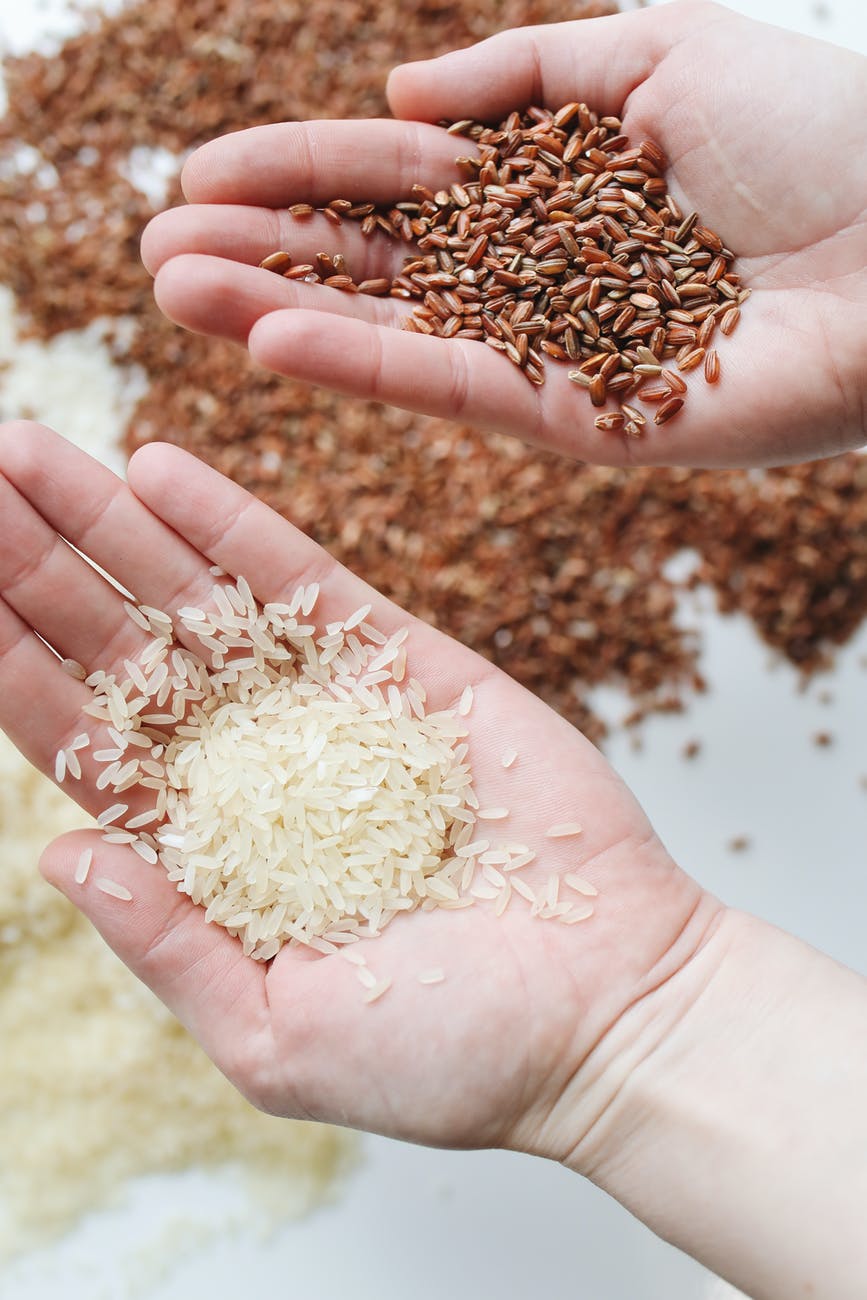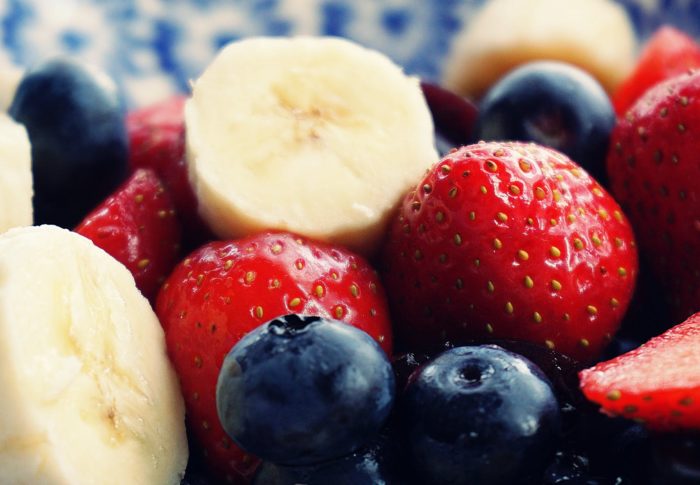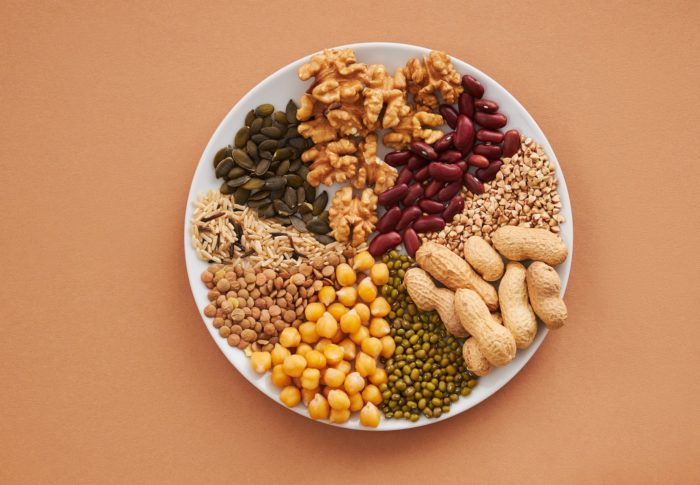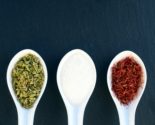
Diets…No! Nutrition? Hell Yes! The Importance Of Fibre And Why You Need More Today
Hi Musers, welcome back to part 2 of my nutrition series. Last time we talked about the macros of our diet – protein, carbs and fat. Today we’re going to move on to the importance of fibre. Before we start, I want to repeat my trigger warning from last time.
There will never be any discussion of diets, intentional weight loss strategies or calories here at CMooMuses. Ever. I think it is important to discuss how to look after and properly nourish your body though. It makes such a massive difference to your health and how you feel. If you think this would be triggering for you due to an eating disorder, orthorexia in particular, or just cos it all seems too close to dieting for you to handle, feel free to skip these posts. I look forward to seeing you back here soon 🙂
Fibre
Fibre is a pretty unsexy topic which is why it’s often missed out when talking about nutrition. It is pretty vital though so let’s talk about what it is and what it does. Fibre is a complex carbohydrate and, unlike many of the things we eat, it doesn’t get broken down by your small intestine. Instead, it continues to the large intestine which, I’m afraid, leads us to…poop! Fibre is a key component in bulking up what you eat so it can pass easily through your digestive system. If you don’t get enough, then you’ll likely suffer from constipation and going to the loo will be pretty unpleasant.
That’s not all or does though. Check out all these benefits of getting enough fibre.
- A review of 22 medical studies reviewed by the British Medical Journal found that for every 7g of fibre you eat your risk of heart disease drops by 9%. If that doesn’t make you reach for the brown rice and wholemeal bread I don’t know what will.
- Believe it or not, getting enough fibre also lowers your risk of type 2 diabetes. Another group of studies found that participants eating more than 26g of fibre a day lowered their chances of developing type 2 diabetes by 18%.
- I know we touched on it earlier but getting your daily fibre will make going to the loo an easier job and keep you regular.
- The Annals of Oncology also found that for every 10g of fibre daily your chances of colorectal cancer drop by 10% and breast cancer by 5%. Amazing right?
How Much Do You Need?
Hopefully, by now you’re convinced about the importance of fibre and plan to add more to your diet. How much though? According to the British Nutrition Foundation, adults should aim to get 30g of fibre in their diet every day. So what does that look like? Here are a few high fibre foods to get you started:
200g of baked beans – 10g
1 medium avocado – 10g
100g raspberries 6.5g
2 slices wholegrain bread – 6g
50g of wholewheat pasta – 3.6g
2 weetabix – 4g
100g carrots 2.8g
100g broccoli 2.6g
So if you had 2 weetabix with 100g of raspberries for breakfast, beans on toast for lunch and some chicken with carrots and broccoli you’d come in at 31.5g. Please note I am not setting a suggested meal plan and there are lots of other high fibre foods. I just wanted to give you a basic idea of how to get your fibre target each day.
Can You Eat Too Much Fibre?
Yes, in this case, it can be too much of a good thing. If you eat a lot of fibre you might get unpleasant symptoms such as bloating, farting diarrhoea and stomach cramps. You could also have this problem if you haven’t been eating much fibre at all and you jump straight to 30-35g a day. If you haven’t been eating much fibre build up slowly and always aim for around 30g a day. Don’t worry, you don’t have to measure your food, just get used to what around 30g of fibre looks like and find ways to get it in each day.
That’s all for now!
Ok Musers, we’ve talked about protein, carbs and fat and now about the importance of fibre in our diets. Come back next time and we’ll tackle salt, vitamins and minerals. Til then I hope you are all happy and healthy 🙂 Got tips on getting in your fibre or any questions? Pop them below 👇






